Almost half of the world’s human population lives in coastal areas, and associated coastal development has significantly degraded or destroyed many coastal ecosystems. Burgeoning human populations and rising sea levels only further constrain the availability of habitat that coastal species depend on.
California’s 1,100 mile coast has more than 200 threatened, endangered or rare species living in coastal habitats. There are hundreds of coastal estuaries that provide critical rearing habitat for marine species, and are also important for recreation, water filtration, and carbon sequestration.
Only 10 percent of California’s historic coastal wetlands remain. Without intervention, we are at risk of losing 40 percent of our remaining coastal wetlands to sea level rise over the coming decades. Conservancy scientists are working to reverse these trends.
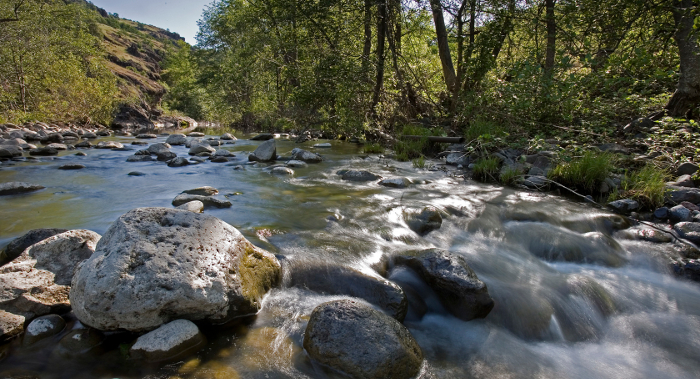
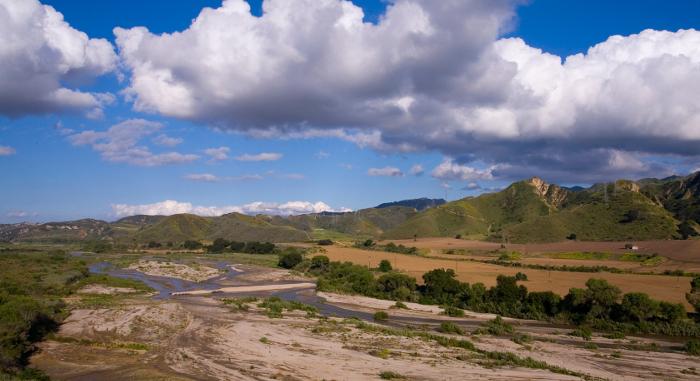
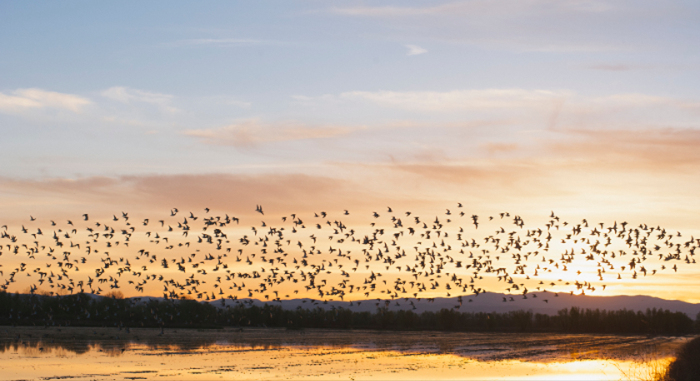
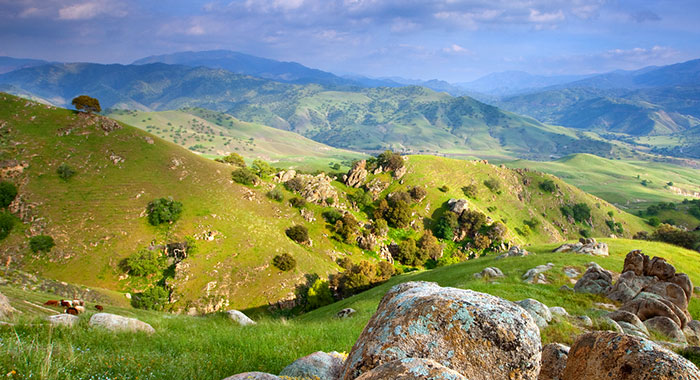

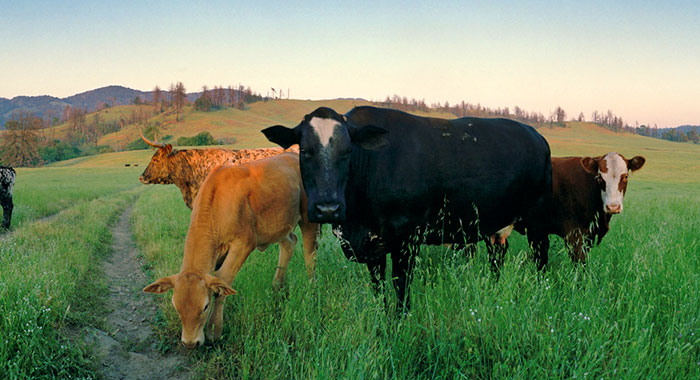
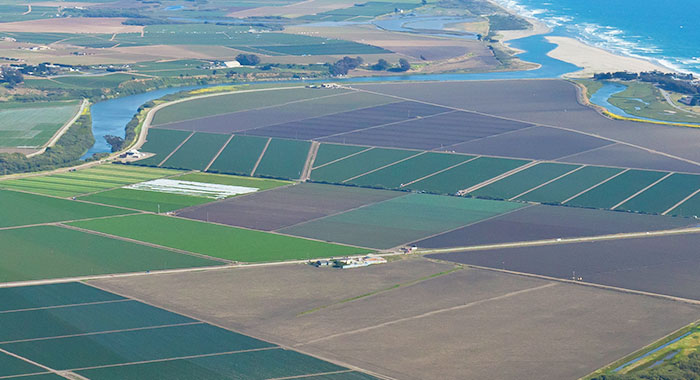

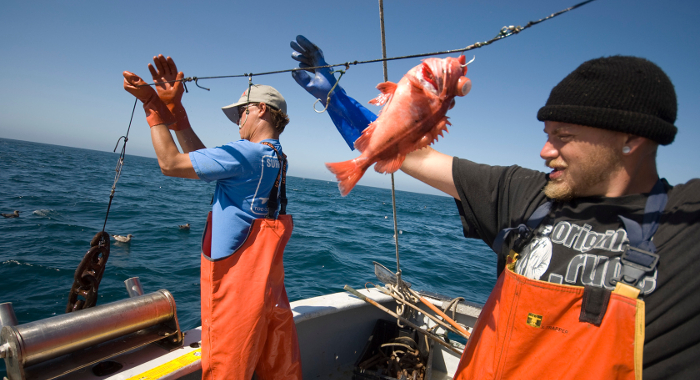
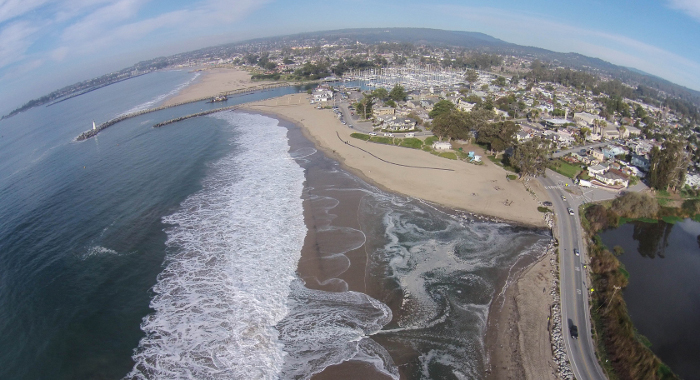
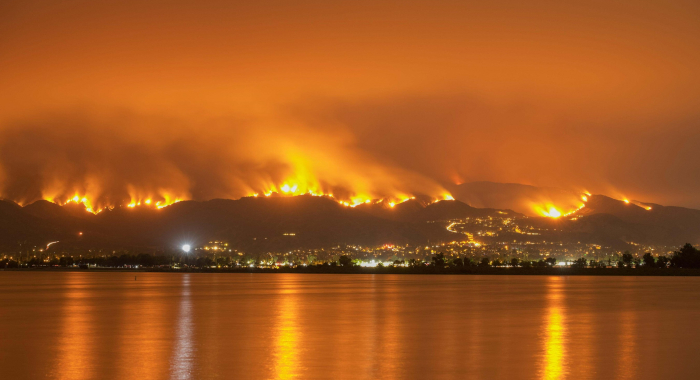
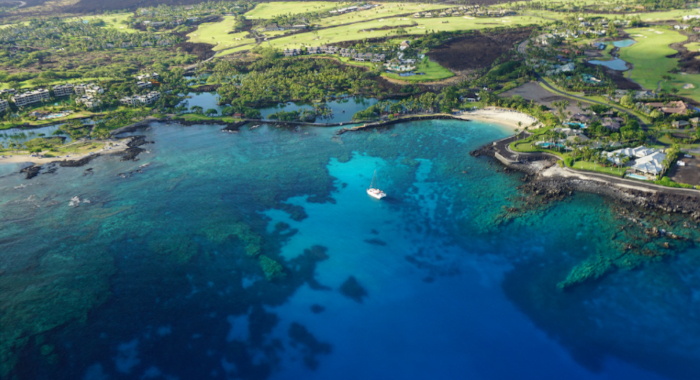
Andrew P. Nosal, Daniel P. Cartamil, Arnold J. Ammann, Lyall F. Bellquist, Noah J. Ben‐Aderet, Kayla M. Blincow, Echelle S. Burns, Eric D. Chapman, Ryan M. Freedman, A. Peter Klimley, Ryan K. Logan, Christopher G. Lowe, Brice X. Semmens, Connor F. White, Philip A. Hastings
Due to decades of heavy fishing pressure and steep population declines worldwide, the conservation status of the soupfin shark was elevated to Critically Endangered globally in 2020 by the…Laurel Saito, Bill Christian, Jennifer Diffley, Holly Richter, Melissa M. Rohde, Scott A. Morrison
In this paper, we describe minimum provisions for planning, managing, and monitoring groundwater in a manner that collectively can lower the risk of harm to groundwater-dependent ecosystems and…H. Scott Butterfield, T. Rodd Kelsey, and Abigail K. Hart, Editors
As the world population grows, so does the demand for food, putting unprecedented pressure on agricultural lands. At the same time, climate change, soil degradation, and water scarcity mean that…Tom Baribault, Daniel Porter, Jessica Burton Desrocher, Douglas Larmour, Mark Rasmussen, Roy Anderson
The Tahoe-Central Sierra Initiative (TCSI) area has seen recent megafires and is highly developed, making the risk new of human-caused wildfire ignitions high. In this report, experts from Mason Bruce…Erin Conlisk, Gregory H. Golet, Mark D. Reynolds, Blake Barbaree, Kristin Sesser, Kristen Byrd, Sam Veloz, Matthew E. Reiter
Highly mobile species, such as migratory birds, respond to seasonal and yearly changes in resource availability by moving among habitats. Understanding how they select among habitats is important for…Jennifer Sletten, Mimi D’Iorio, Mary G. Gleason, Alex Driedger, Timoth´e Vincent, Claire Colegrove, Dawn Wright, Virgil Zetterlind
Understanding the complex seascape of regulations that apply across U.S. ocean waters is critical for effective marine resource management. This study found that cumulative restrictions from…Daniel Porter, Robert Longcor
Forests of the Sierra Nevada and across the western U.S. are under unprecedented threat from catastrophic wildfire, insect outbreaks, and drought. In this briefing paper, which was developed as a…Sydney J. Chamberlin, Michelle Passero, Ashley Conrad-Saydah, Tanushree Biswas, Charlotte K. Stanley
California’s natural and working lands – its forests, grasslands, wetlands, farmlands, rangeland, and urban green spaces – provide Californians with numerous environmental, social,…Mary Kang, Debra Perrone, Ziming Wang, Scott Jasechko, Melissa M. Rohde
To ensure that California’s groundwater is sustainably managed in the future and over the long-term, current state definitions of what constitutes groundwater may need to be revised, according…Sophie S. Parker, Andy Zdon, William T. Christian, Brian S. Cohen, Maura Palacios Mejia, Naomi S. Fraga, Emily E. Curd, Kiumars Edalati, Mark A. Renshaw
This paper presents results from the Mojave Desert Springs research project, and discusses why the conservation of these groundwater-dependent ecosystems is so critical to biodiversity. The authors…M. Florencia Miguel, H. Scott Butterfield, Christopher J. Lortie
This meta-analysis provides a global synthesis of the which restoration practices – active vs. passive – are most successful at restoring plants, animals, and other ecosystem functions to…Maura Palacios Mejia, Emily Curd, Kiumars Edalati, Mark A. Renshaw, Roy Dunn, Daniel Potter, Naomi Fraga, Jenna Moore, Justin Saiz, Robert Wayne, Sophie S. Parker
This paper presents results from the Mojave Desert Springs research project. The authors used an environmental DNA (eDNA) technique to assess biodiversity at four naturally occurring springs. They…Aviv Karasov‐Olson, Alicia K. Bird, Amy C. Collins, Emily E. Graves, Julea A. Shaw, Eric F. Tymstra, T. Rodd Kelsey, Mark W. Schwartz
Conservation biology is particularly susceptible to the knowledge‐implementation gap where academic pursuits do not always meet the needs of practitioners. Providing future practitioners with…Brian Cohen, Kelsey Jessup, Sophie Parker, John Randall, Jill Sourial
Cities across Southern California are investing in new infrastructure to address the challenges of stormwater management. We promote the use of nature-based solutions to ensure projects both treat…Melissa M. Rohde, Laurel Saito, Ryan Smith
In addition to benefiting humans, groundwater is a critical water supply to many ecosystems, providing a buffer during dry periods and critical habitat for rare and endemic species. Increasing…Bryan Legare, Bryan DeAngelis, Gregory Skomal
Broad-scale movements of highly migratory species, such as sharks, present unique management challenges as fish migrate across international boundaries, thereby exposing them to different levels of…Ethan Inlander, Katie Andrews, Contributors: Jennifer Chin, Sue Pollock, Mike McFadden, Scott Hardage, Scott Butterfield, Tod Rubin
With this publication, TNC in California marks a major shift in its approach to conservation easement monitoring. At the crossroads of conservation, stewardship and technology lies remote property…